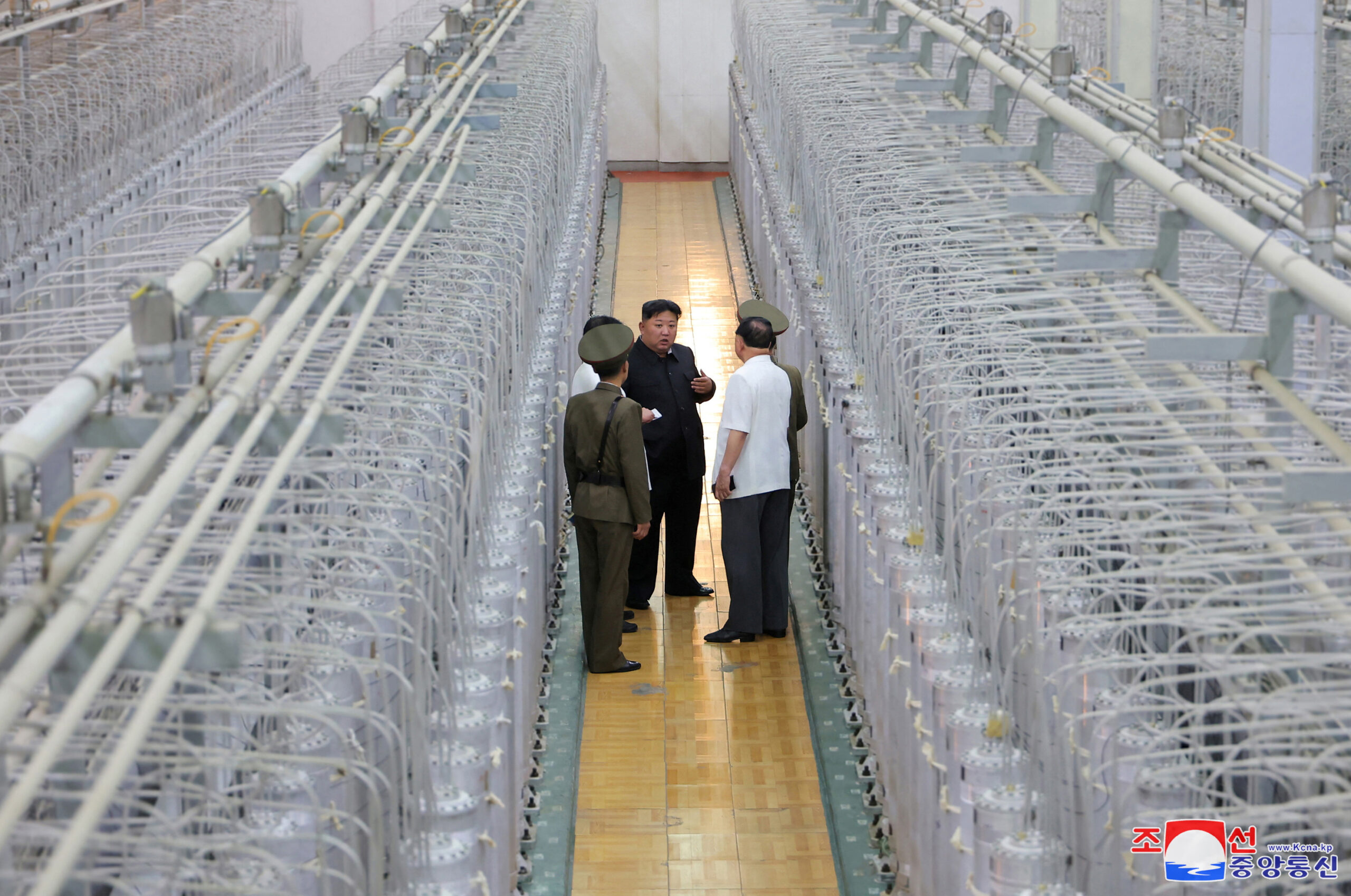Here’s a topic, for a change, that isn’t really new at all but all the more puzzling – Number Stations.
Spy stations, or (admittedly less catchy) number stations, are shortwave radio stations operated by intelligence agencies, embassies and militaries around the world, broadcasting strings of seemingly random numbers, at seemingly random times, on seemingly random frequencies. With the end of the era of shortwave radio in most of the world, especially thanks to the internet, most people will never hear or hear about these hidden broadcasts, but nonetheless they exist.
We know little about these mysterious broadcasts – other than that most of them seem to be aimed directly at spies working far away from their home countries.
Number stations started showing up on different shortwave frequencies (the Kilohertz, kHz, range) with the beginning of the Cold War. People tuning their radios to normal radio stations stumbled across these strange transmissions, and many were intrigued. Communities formed with the aim to track, catalog and ultimately crack the secrets behind the number stations.
It was soon clear that these broadcasts were in some way linked to global politics – it wasn’t unusual for activity to increase ahead of important geopolitical events of the Cold War – and so, people thought, number stations would face their end as the Soviet Union collapsed and newer technologies emerged. But they were wrong, and in recent years number stations have seen a comeback.
What do we know about these stations, though?
Thanks to the internet making it easier than ever to exchange information around the world, and some (albeit very few) formerly classified documents being made available to the public, we now have a general idea. Most number stations are used by intelligence agencies to transmit orders to their spies abroad, as shortwave still offers some benefits over the internet and other communication technologies – it has a very large range, is simple to receive (and the spy can hide the radio easily), most people will never again listen to shortwave, and it is a lot safer than computer technology. Intelligence agencies, embassies and militaries all over the world are now again intensifying their use of this medium.
What do the messages say?
Well, what you can hear is, for example, the following:
215 253 43
86739 81178 86313 80423 19279 50952 81907 96563 77866 82799
97353 81321 65652 38297 65614 33335 99304 97576 67097 81987
47386 54914 28659
But that doesn’t quite answer the question of what it actually says. These messages are encrypted using one-time pads, which are randomly generated and, as the name says, only used once. Messages encoded with one time pads are impossible to crack without being in possession of the exact pad (key) used – and as it is randomly generated and used only a single time, that key will only work for one message before being obsolete. We have no way of knowing what the contents of the messages broadcast around the world are. Sometimes it’s possible to vaguely link broadcasts to specific geopolitical events – there was a significant spike in Russian broadcasts leading up to the annexation of Crimea – but we cannot say without doubt that they were linked to the invasion. The almost perfect security and dependability achieved with astonishing simplicity are what is keeping number stations alive even in the digital age.
Where are they from?
As you may have figured by now, intelligence agencies and militaries all over the world use number stations to communicate over long distances. Number stations were at their peak during the Cold War, with many originating from eastern Europe and the Soviet Union, but some also coming from the UK, Germany, Austria, and other western countries.
“Enigma 2000”, a project that hopes to find out more about the secret broadcasts, generally classifies the stations identified into one of six categories, depending on the language used: English (E-), German (G-), Slavic (S-), other languages (V-), Morse (M-), and digital (DP-, F-, HM-, XP-).
In total, there are currently (as of May 2017) 41 stations that are known to be active.
Though the language may in some cases help to determine where the signals are sent from, it may just as well be unrelated. Of the English speaking stations, five are thought to originate from Russia, two from Egypt, one from Poland, and one – known as E17z to amateur listeners – couldn’t be linked to a specific country yet, though the voice seems to have an eastern European accent. There is currently only one number station broadcasting in German, and it is thought to be operated by Russia. In the “Slavic” section, four stations have been traced back to Russia, one to Poland, and one, S06s, remains of unidentified origin. Two stations broadcast in Spanish (one from Cuba, and one from Russia), two in Chinese (one from Taiwan and the other from the PRC), three in Korean (two from the North and one from the South of the peninsula), and one in Vietnamese (originating in Vietnam). Six number stations that use Morse code seem to be coming from Russia, and one each from Cuba, France and Vietnam. Seven digital stations broadcast from Russia, and Cuba and Poland each have one of their own.
The countries of origin were determined using either triangulation – three (or more) receivers at different locations work together to find the approximate location of where radio waves are emitted from – and/or through careful listening and comparison to other stations of which the origins are thought to be known.
Despite there being a highly dedicated community of people listening to seemingly endless strings of numbers and trying to uncover the secrets of these number stations, number stations remain highly secretive and will most probably be able to keep most of their secrets for the decades to come. But the lack of definite knowledge for sure doesn’t make these spy messages any less intriguing. Who knows – maybe we could’ve known about the latest breaking news stories in international politics days or weeks ago, or maybe top secret plans for a huge geopolitical plot twist are swirling through the air around us right now and we won’t ever find out. Number stations will continue to shape global politics – without us even noticing.
Cover photo: A British military base in the south of Cyprus, pictured here, is where a number of former English number stations are thought to have originated from. Photo by Michal Osmenda under Creative Commons Attribution 2.0 Generic license.


